
OR
More private sector investment in Annapurna Conservation Area can attract high-spending tourists to support post-COVID economic recovery
Published On: July 29, 2021 01:35 PM NPT By: Republica | @RepublicaNepal
KATHMANDU, July 29: Increased private sector investment in the Annapurna Conservation Area could bring in more high-spending tourists to help boost the local economy in a post-COVID market, according to a new International Finance Corporation (IFC) report.
The report — Architectural and Cultural Heritage Tourism Products in Nepal: An Assessment of New Private Sector Investment Opportunities in the Annapurna Conservation Area — examines the opportunities for investors to capitalize on the area’s triple offerings of landscape, architecture, and culture.
The report states that the area could attract higher-value tourists who could spend about 20 percent more if there was greater action to boost accommodation. While there are over 1,000 hotels, lodges, and tea shops, almost all of them cater to low-budget travelers. In order to appeal to higher-value tourists, the report has laid out four potential investment concepts: converting old, abandoned houses in a street in Tukuche village into boutique hotels; redeveloping an abandoned, heritage house in Jharkot into a boutique luxury hotel; establishing a network of lodges along the Seven-Passes trail in Manang; and setting up coffee shop franchises in lower Mustang and Manang.
“High-spending tourists are willing to pay premium prices for comfortable accommodation in the Himalayan region, as has been the case in Bhutan,” said IFC’s Resident Representative in Nepal Babacar S Faye. “In view of the gigantic losses that Nepal’s tourism industry has suffered due to the pandemic, it should create a new roadmap to align with the new market reality. It has the opportunity to attract more high-end tourists, a move that will impact the supply chain, and have positive ripple effects on the country’s economy.”
The Annapurna Conservation Area now caters to two main visitor groups: Hindu and Buddhist pilgrims visiting Muktinath, an important site for both religions, and adventure tourists — hikers, trekkers, and mountaineers. The Annapurna area has long been the most popular trekking destination in the country, accounting for roughly 60 percent of all trekking holidays.
According to the report, more private sector investment is crucial to attract higher-spending tourists and sustain local communities engaged in tourism. Tourism in Nepal has been the hardest hit sector by COVID-19. An estimated 230,000 jobs are at risk, 20,000 tour and trekking guides unemployed, and 2,600 trekking agencies closed, amounting to a loss of around USD 460 million to the country’s GDP.
You May Like This
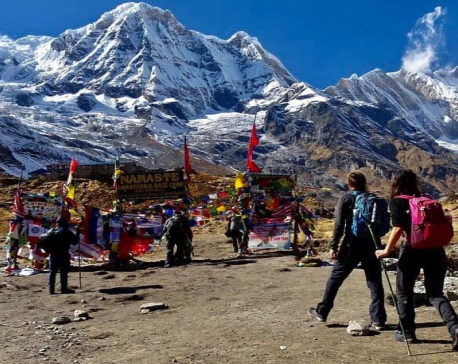
Annapurna region receives over 24,000 foreign tourists in a month
GANDAKI, Nov 18: A total of 24,409 foreign tourists visited the Annapurna conservation area in the month of Kartik (mid-October... Read More...
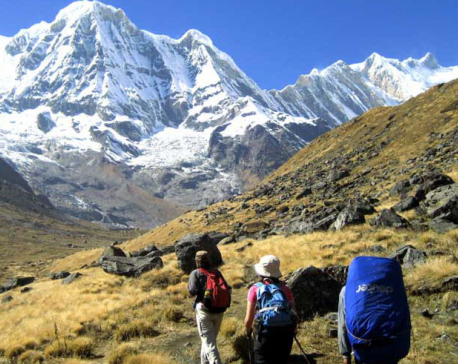
Trekking culture suffers consequences of unmanaged motorways in Annapurna
KATHMANDU, March 21: The Annapurna Conservation Area, which has earned international recognition for adventure trekking, is seeing a lesser number... Read More...
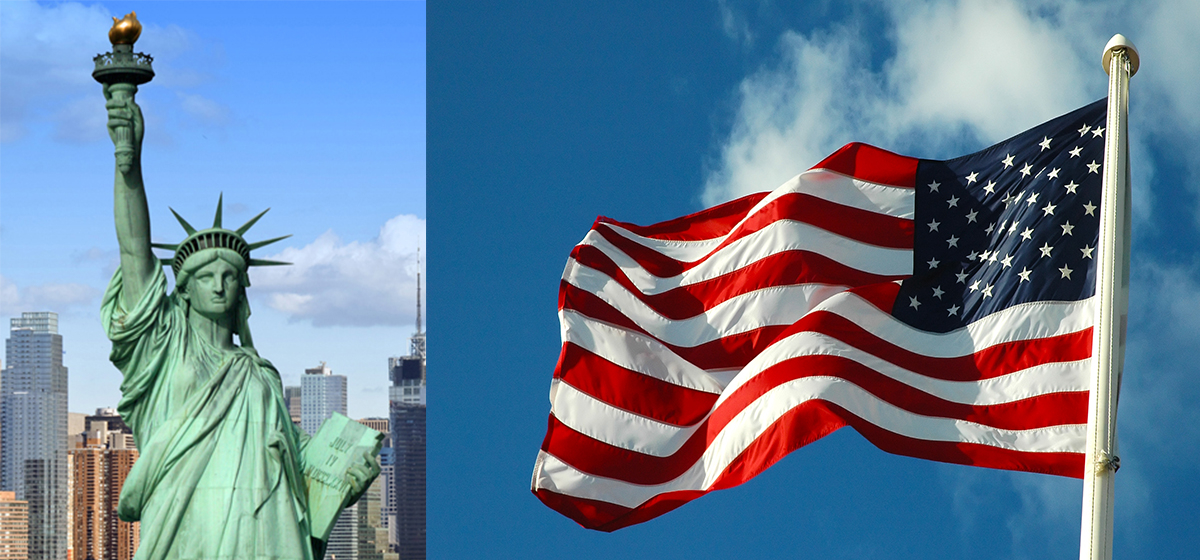

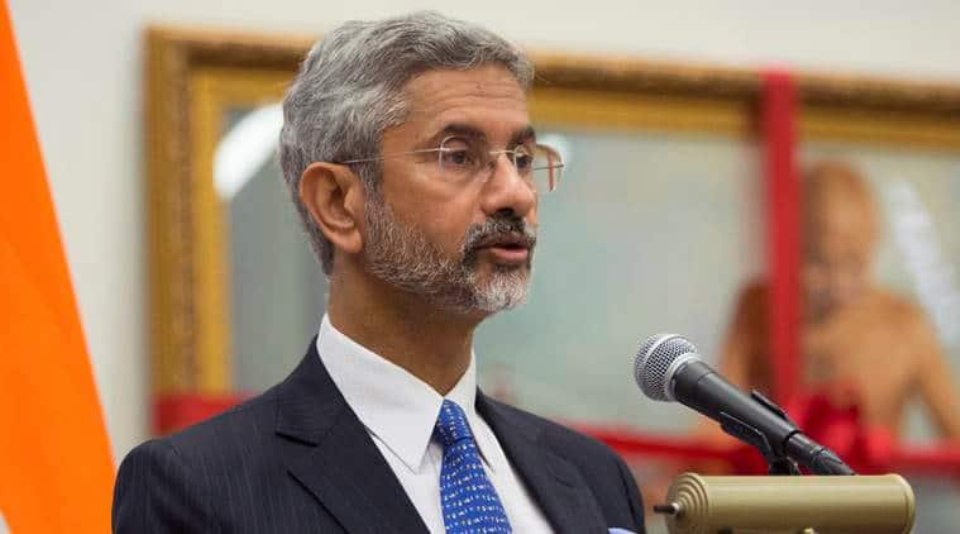

Just In
- Table tennis Olympics qualification being held for first time in Nepal
- Kathmandu's air quality slightly improves but still unhealthy
- Newari, Tamang to be used as official languages in Bagmati Province
- KMC's skill fair gets 10,000 plus applications for vocational training
- NEPSE plunges 24.58 points, daily turnover falls to Rs 3.79 billion
- Shree Airlines to expand services, offering twice daily Kathmandu-Surkhet flights
- Shift in Nepal’s healthcare trend: 58 percent of women in dentistry
- JSP splits, seven lawmakers to register new party



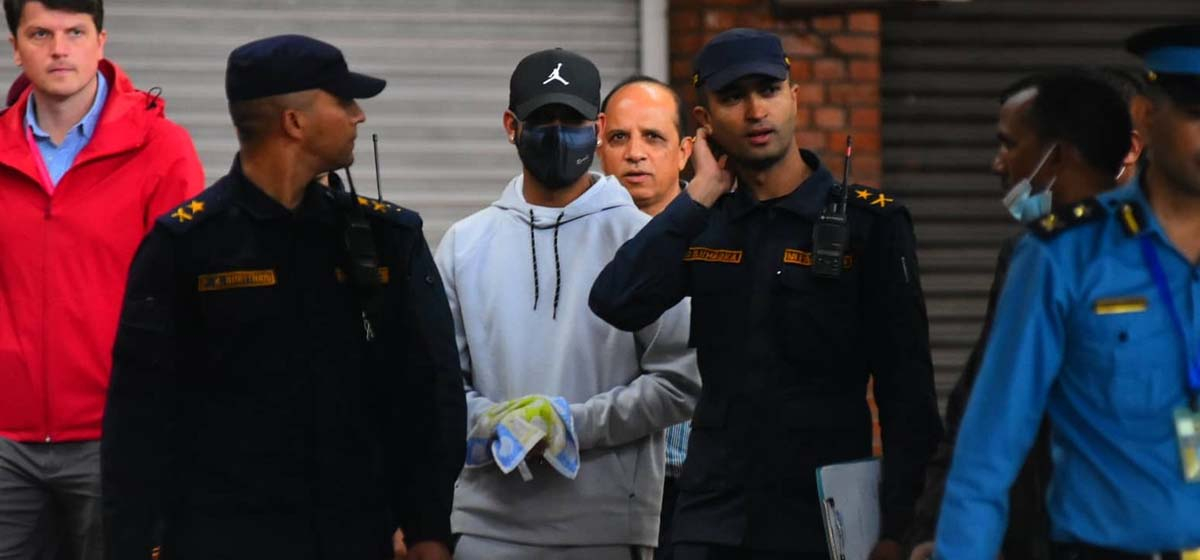
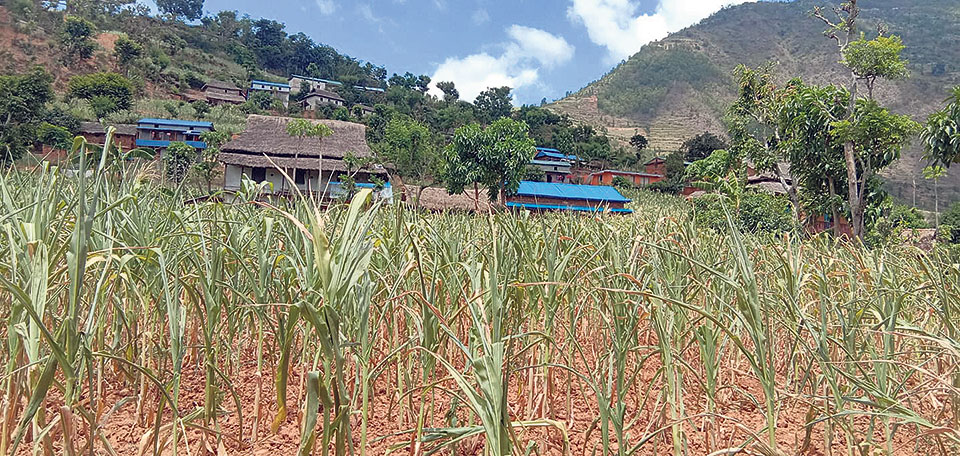

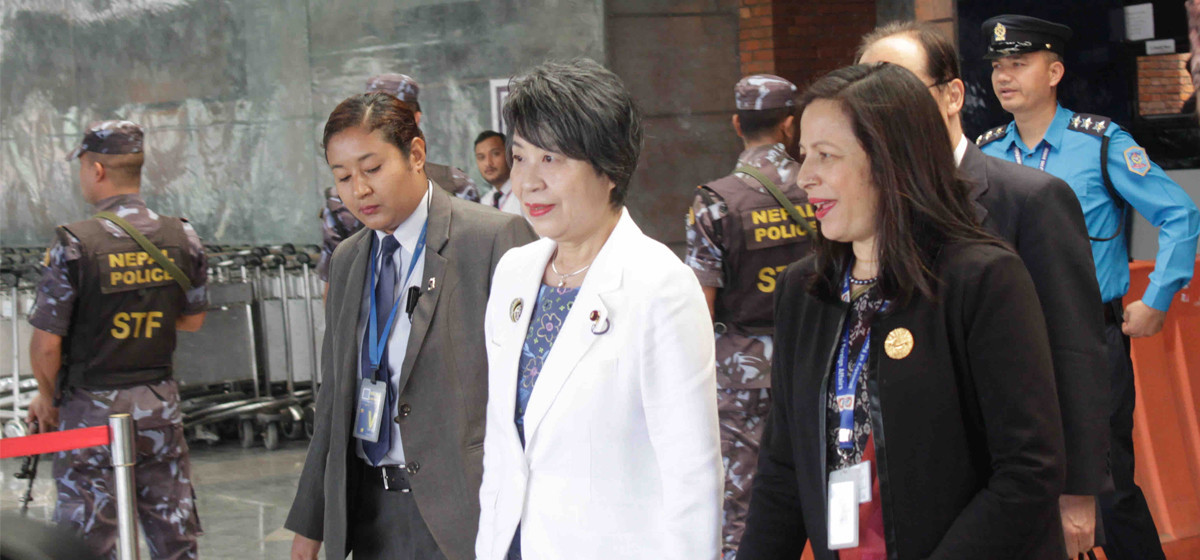
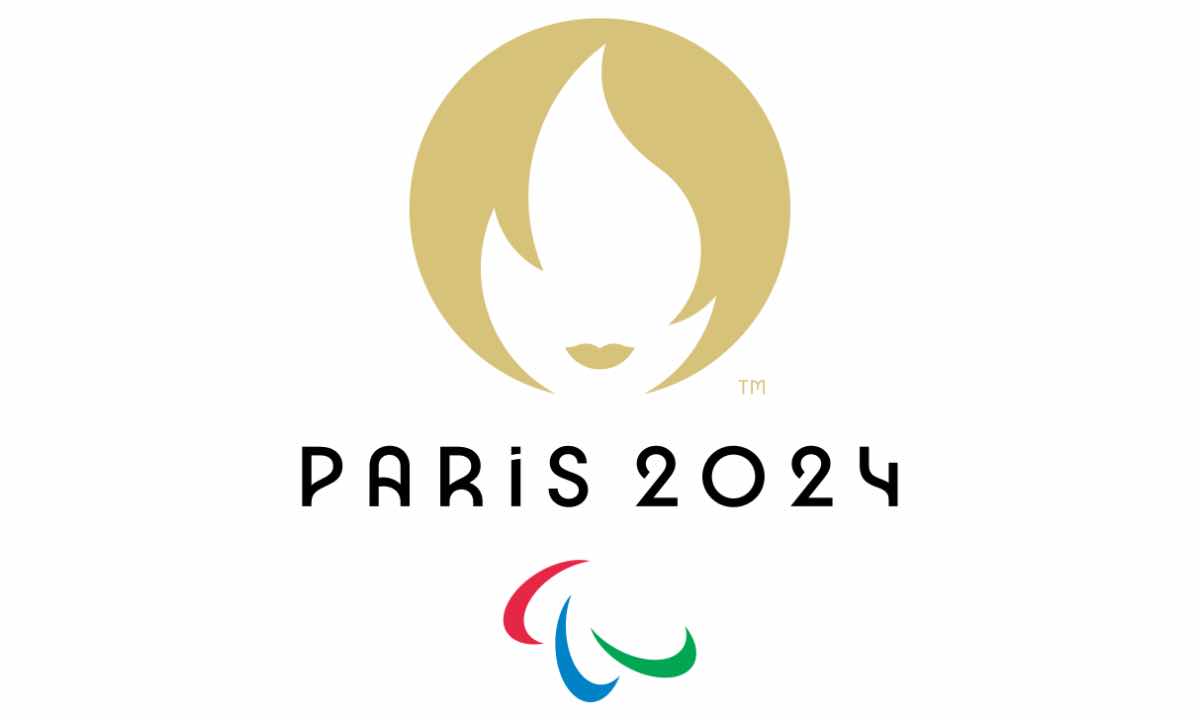
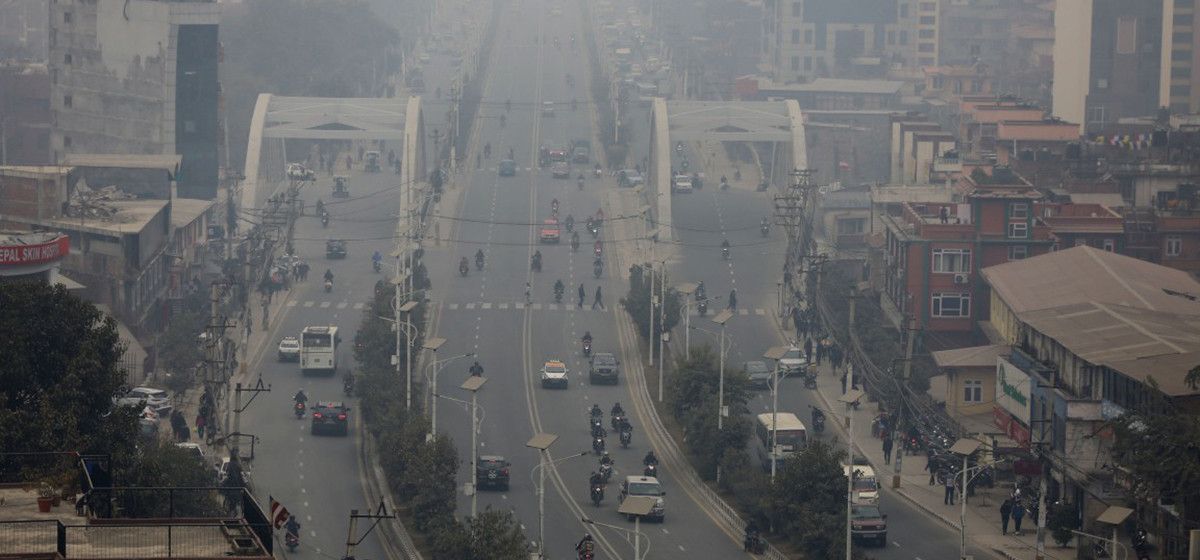

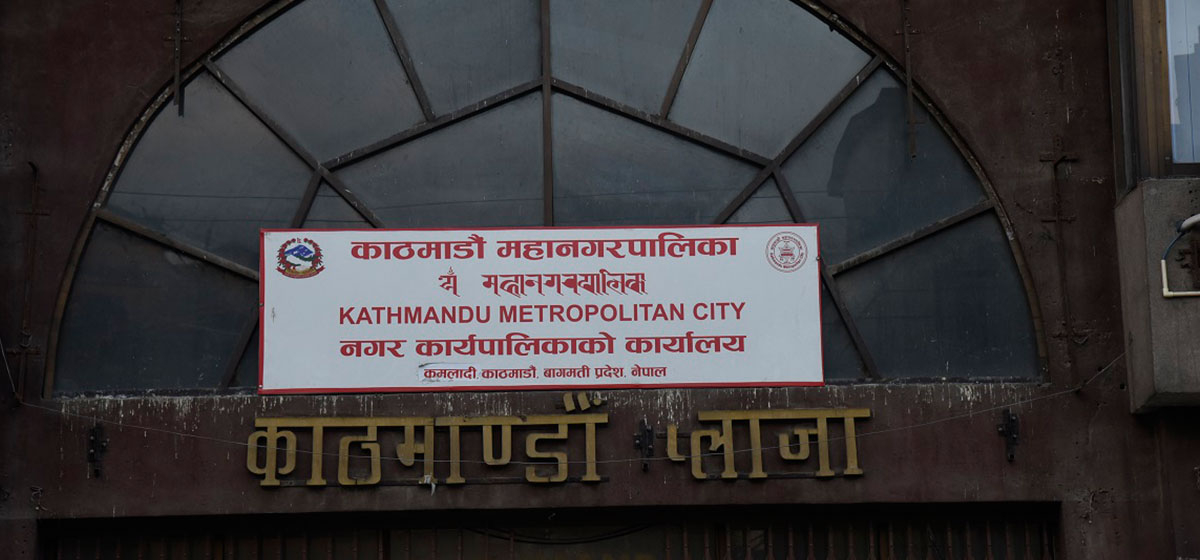




Leave A Comment